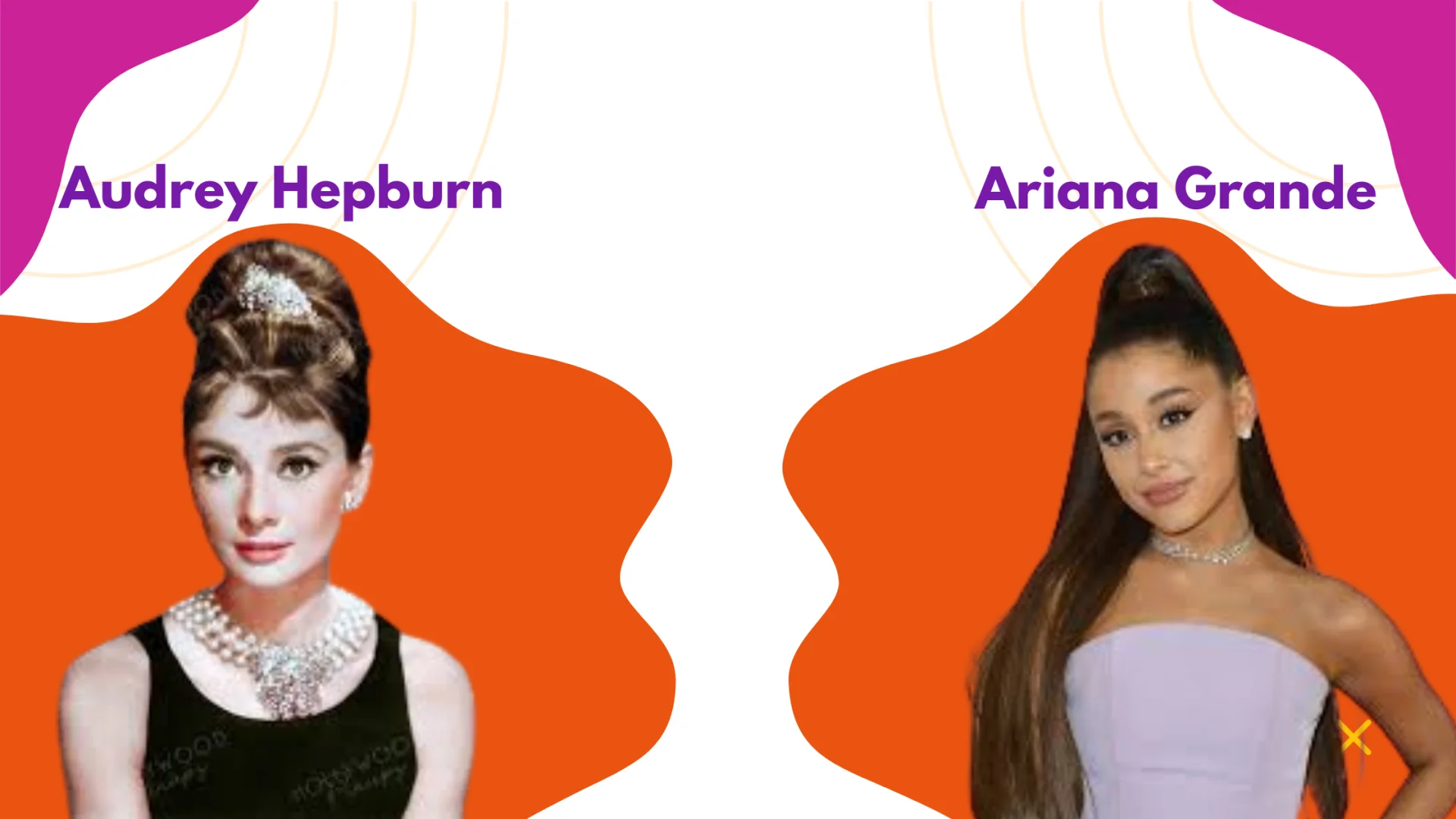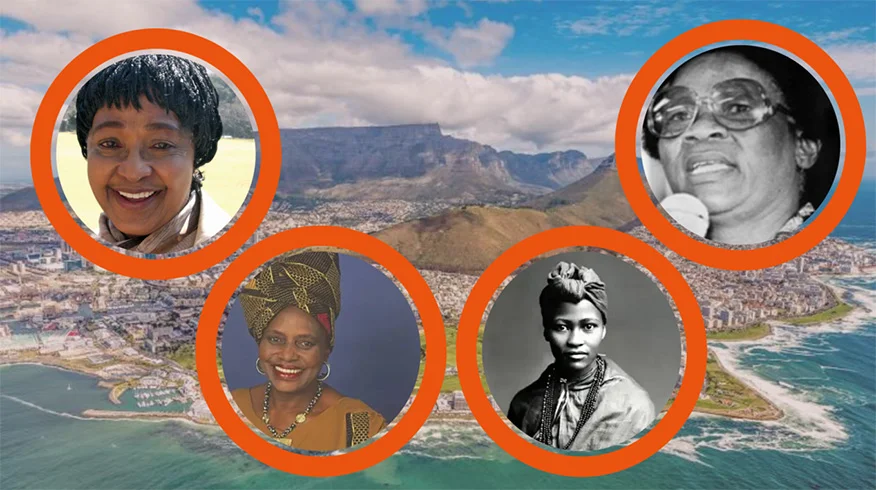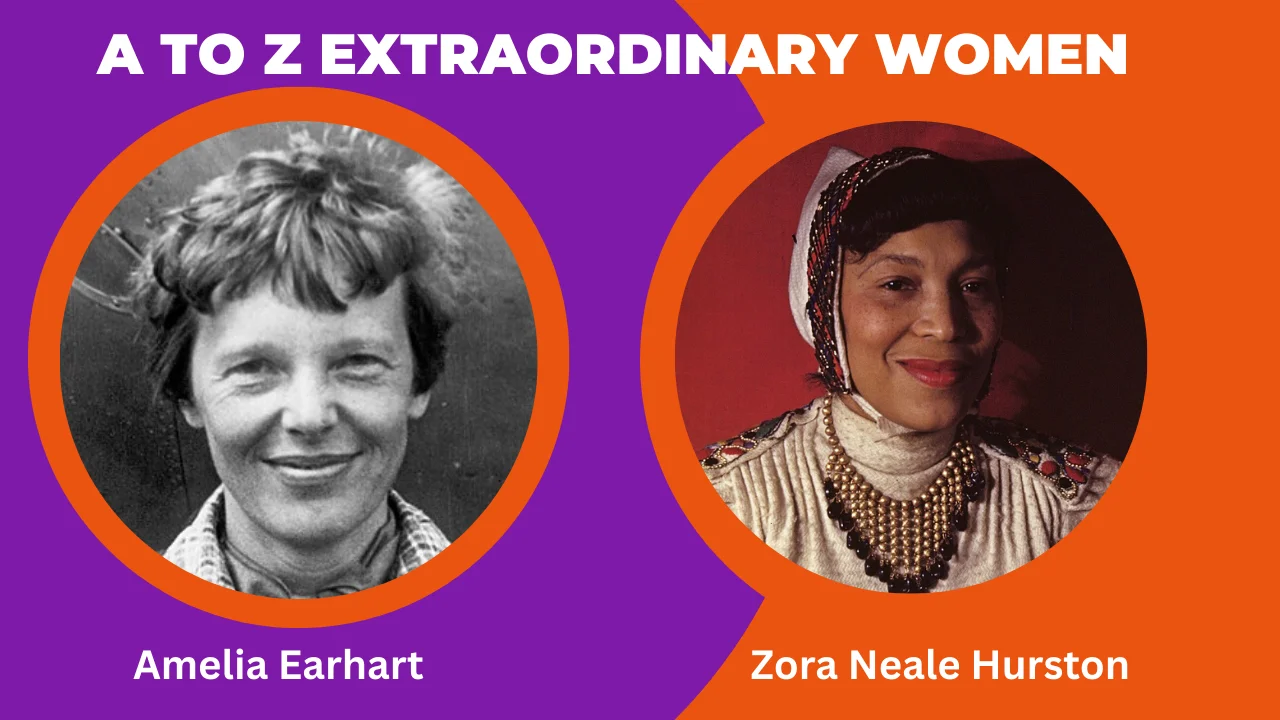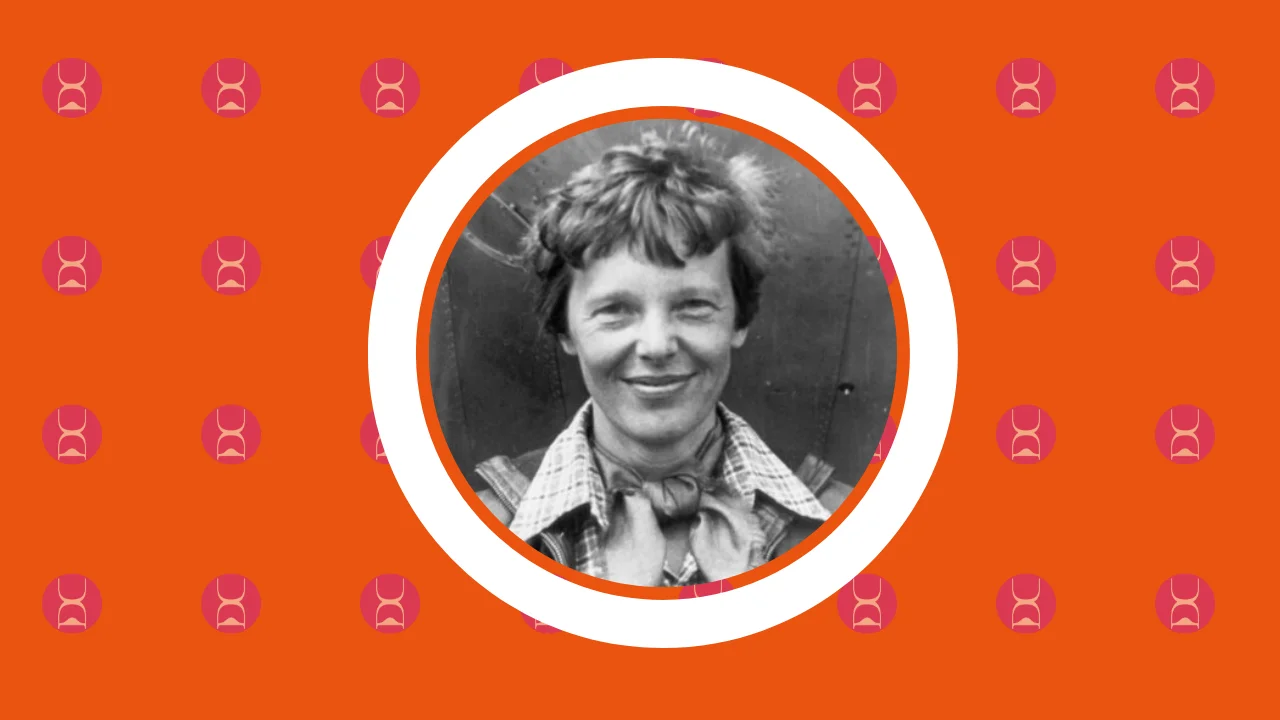Marie Curie’s Journey to Two Nobel Prizes Against All Odds
22 Mar 2025
Featured
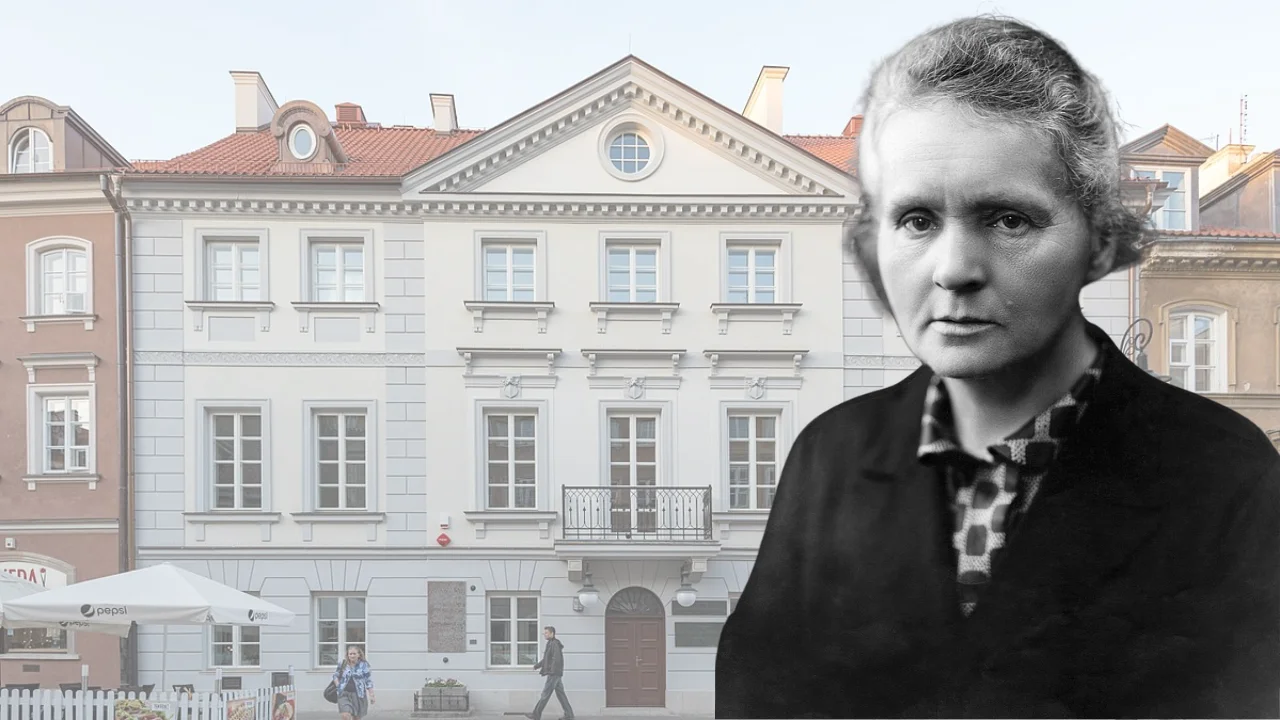
Marie Curie, a name synonymous with groundbreaking scientific discovery, defied societal expectations and numerous personal hardships to become the first woman to win a Nobel Prize—and the only person to win in two different scientific fields.
Her relentless pursuit of knowledge and her contributions to radioactivity not only transformed science but also opened doors for future generations of women in STEM.
[embed]https://youtu.be/n0w6VEpsmkA[/embed]
This article delves deep into her extraordinary journey, shedding light on her struggles, triumphs, and enduring legacy.
“I am among those who think Science has great beauty - Marie Curie. “
A Humble Beginning: Marie Curie’s Early Life and Education
Marie Curie, with full name Maria Salomea Skłodowska-Curie, was born in Poland on 7 November 1867 to parents Bronisława, née Boguska, and Władysław Skłodowski, who were both well-known teachers. She was the fifth and youngest of five children.
Before the birth of Marie, her lineage from her paternal and maternal sides was wealthy until they lost their property and fortunes through patriotic involvements in Polish national uprisings.
In addition to this, her father was also sacked by his Russian supervisors for pro-Polish sentiments and forced to take lower-paying posts, and they also lost their savings to bad investments.
These circumstances affected Marie Curie’s childhood and made it difficult for her and her siblings to get ahead. Due to a lack of funds, she struck a deal with her elder sister, Bronya, by working as a governess to fund her medical degree while she would fund her education later.
“ We must believe that we are gifted for something and that this thing must be attained - Marie Curie”.
Lesson 1 - Believe in yourself: Marie Curie believed in herself and her abilities. Despite the societal norms and gender biases, she believed and knew she had a place in the scientific field to which she could meaningfully contribute.
While growing up, Marie Curie was passionate about pursuing and furthering her education. But unfortunately, the part of Poland she grew up in does not allow girls to attend university.

source: newscientist.com[/caption]
Before her university stage, she attended the boarding school of J. Sikorska. She later moved to a gymnasium for girls, where she graduated with a gold medal. After this phase of education, she briefly took a break due to a depression she faced.
During her break, she spent time with her father’s relatives and father in Warsaw, where she did some tutoring. After the break, she couldn’t pursue her education at the university because she was a woman, and women were not allowed to attend university.
Later on, she and her sister, Bronya, got involved with the clandestine Flying University, a Polish patriotic institution of higher learning that admitted women students secretly.
However, due to financial constraints, she had to take up odd Jobs like being a home tutor and governess. As a governess, she agreed to financially sponsor her sister's medical degree in Paris while she renders the same assistance in the coming years for her education.
In 1890, Marie was invited by her sister, Bronya, to further her education in Paris, but she had to decline due to her inability to afford the tuition fee. It would take her a year and a half to gather the necessary funds. While she waited, she continued to educate herself, reading books, exchanging letters, and tutoring herself.
She finally left for Paris in 1891 to her sister’s place, where she proceeded to study physics, chemistry and mathematics at the University of Paris. While studying at the university, she sustained herself on meagre resources (this included tutoring during the night to make an earning for upkeep) and keeping herself warm during cold winters by wearing all the clothes she had.
Marie’s top priority was to focus so hard on her studies that she forgot to eat sometimes. All her sacrifices paid off in 1893 when she obtained her first degree in physics. After graduation, she briefly worked in an industry laboratory. She continued at the University of Paris and earned a second degree in 1894 through a fellowship aid.
Lesson 2 - Determination: Right from birth, Marie Curie faced challenges and obstacles. Some of these challenges made it difficult for her to get ahead in life, but despite this, she was determined to get educated in a male-dominated world then and pursue her career as a scientist. Even though she lived in an era where much wasn’t from women, she was fiercely determined to see her work through and make a lasting impact on the world.
Breaking Scientific Boundaries: Curie’s Pioneering Research
Marie Curie’s scientific career started in Paris. She began by investigating the magnetic properties of various steels commissioned by the Society for the Encouragement of National Industry.
During this research work, she met Pierre Curie, who later became her husband the following year. Marie was looking for a larger laboratory to conduct her research work. She later got a space at Pierre Curie’s lab after Polish Physicist Józef Wierusz-Kowalski introduced the two of them.
Marie loved her home country, Poland, and desired to pursue her career there, but was denied a place at Kraków University because of sexism in academia. Pierre Curie later convinced her through a letter to return to Paris for her PhD program.
In 1895 and 1896, after Wilhelm Röntgen discovered X-rays and Henri Becquerel observed the mysterious power of samples of uranium salts to expose photographic film, Marie got inspired and influenced to look into uranium rays as a possible field of research for a thesis.
After her research, she discovered that the uranium rays remained constant, no matter the condition or form of the uranium. The revolutionary idea behind this research created the field of atomic physics. To give the findings a name, she termed the phenomenon - Radioactivity.
Triumph and Tragedy: The Price of Scientific Excellence
After discovering radioactivity, she continued her research with her husband, Pierre. They worked with the mineral pitchblende and discovered a new radioactive element in 1898. She named the element Polonium after her home country.
She, alongside her husband, further discovered another radioactive element in pitchblende and called that radium.
After the death of her husband in 1906, she took over his place at Sorbonne and became the first female professor at the university.
Lesson 3 - Explore: Marie Curie always believed that life was an adventure and one should embrace it. For her, she developed curiosity in science and research and didn’t let anything hold her back from exploring her curiosity and adventure. Her ability to explore led her to the discovery of radium and polonium.
In the book “Marie Curie: A Life”, Curie was described to be unrelentingly curious.
During World War 1, Marie Curie devoted her time and resources to assisting wounded soldiers heal faster. At this time, she saw the need for field radiological centers near the front lines to help achieve this cause.
Concerning this, she pioneered the development of portable X-ray machines on the battlefield. This initiative was popularly known as the Little Curies.
During her lifetime, she won two Nobel Prizes in physics and chemistry. She was also the first person to win the Nobel Prize twice. In 1903, She, alongside her husband, Henri Becquerel, won the Nobel Prize in Physics for their work in radioactivity.
Later, in 1911, She single-handedly won her second prize in chemistry for discovering atomic elements, polonium and radium but shared the honor jointly with her husband in her acceptance speech.
Lesson 4 - Patience: Marie Curie also displayed patience. She understood that progress takes time. And this made her devote quality time to her work, researching and experimenting while experiencing setbacks. Her hard work later paid off, and she was able to win two Nobel prizes.
Impactful Collaboration and Family Life
Marie Curie’s personal life is an interesting one. In 1894, Marie Skłodowska first met her husband, Pierre Curie, through Polish physicist Józef Wierusz-Kowalski while she was looking for a larger laboratory space to work in with his help. Józef Wierusz-Kowalski introduced her to Pierre and accepted her to begin her research in his space.
Along the line, as they work and collaborate, they start developing mutual feelings and eventually fall in love. The duo finally got married on 26th July 1895 in Sceaux.
The couple’s marriage had two daughters. In 1897, they welcomed their first daughter, Irene and their second daughter, Eve, in 1904.

source: wikipedia[/caption]
Her daughter, Irene, followed in her footsteps and pursued a career in science and research. She also won a Nobel Prize in chemistry in 1953. While her other daughter, Eve, chose another career Path. She became a writer and journalist and even wrote a biography in her mother's honor.
Sadly, in 1906, her husband, Pierre, was killed in Paris after accidentally stepping in front of a horse-drawn wagon. Years later, she died of aplastic anemia in 1934, which was suspected to be caused by her exposure to radiation.

source: wikipedia[/caption]
According to author Susan Quinn, Curie lived and died for science to the extent that she doesn't know how to separate science from her life.
Conclusion
Marie Curie’s life is a testament to the power of determination, intellect, and resilience. She not only revolutionized our understanding of radioactivity but also challenged societal norms, proving that groundbreaking achievements are possible despite adversity. Her legacy serves as an enduring inspiration for all who dare to dream beyond societal constraints.
From a young girl who studied in secret to the only person to win Nobel Prizes in two different sciences, Marie Curie’s story is one of brilliance, sacrifice, and unparalleled scientific contribution. Her journey continues to remind us that true innovation often comes from those who refuse to be confined by the limits of their time.
References
Tags
Women
Nobel
Scientist
Latest Posts
Tags
- Women27
- Scientist9
- Author6
- Inventor3
- Nobel3
- Singer3
- Actor2
- Activist2
- Physicist2
